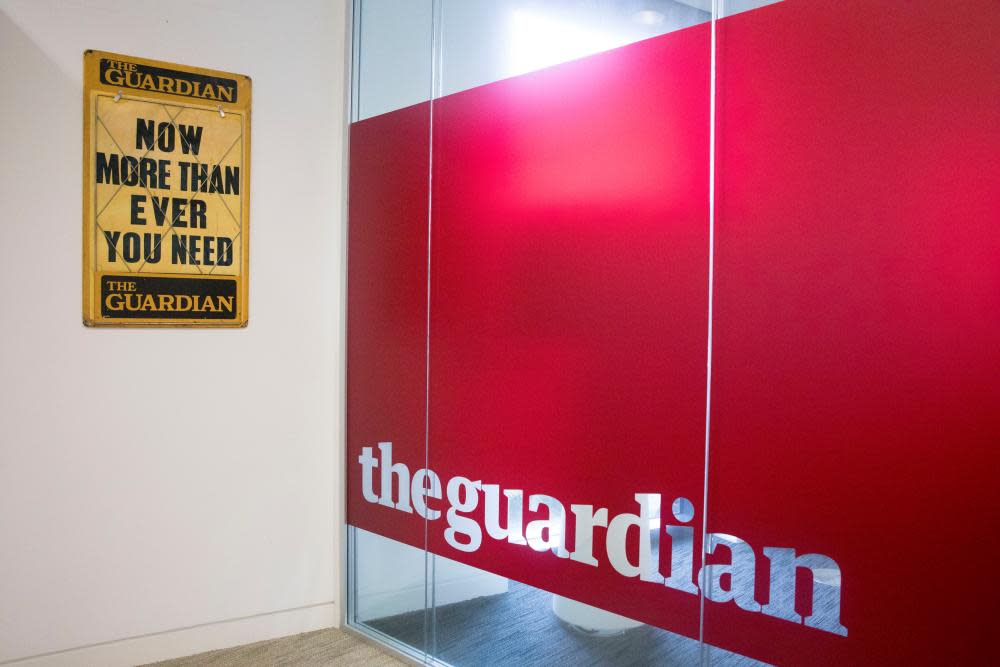The Guardian ‘most widely used newspaper website and app for news’, according to Ofcom

The Guardian continues to be the UK’s most widely used newspaper website and app for news, according to the communications watchdog, which shows it has increased its audience share over the past year.
The research by Ofcom, based on audience surveys, found that 23% of consumers who used websites or apps for news turned to the Guardian for their updates, one percentage point higher than the Daily Mail’s online products, and a one-point increase on the previous year.
The Guardian also beat newspaper rivals in audience share among professional (ABC1) workers, with 25% of the audience share, among 16- to 24-year-olds, with 31%, and among readers from ethnic minority groups, with 29%.
But the lion’s share of online audience continued to be won by the BBC, with 67% of news consumers saying they tuned into the broadcaster’s websites and apps, a rise of three percentage points year on year. That was followed by Google and then Sky News, another broadcaster, putting the Guardian in overall fourth place.
In print, the Guardian was the fifth most-read paper, with 16% of respondents saying they read it, up one percentage point on 2020. The top four most read papers were, in order, the Daily Mail, the Sun, the Metro and the Times. But taking into account both print and online readership, the Guardian was second only to the Daily Mail among newspaper publishers.
Out of 13 rivals listed in the poll which informed the research, the Guardian was rated highest by readers for accuracy, trustworthiness and depth of analysis. The paper’s readers also rated it highest out of all news outlets for providing news about the coronavirus pandemic and “helping people understand the restrictions”.
The findings came in Ofcom’s annual report into news consumption in the UK. It found that television was still the most popular medium for respondents to consume news, with 79% saying they tuned in for updates from broadcasters; that was followed by the internet, with 73%. About half of adults said they used social media, while less than half used the radio for news, and less than a third use print newspapers, continuing a long structural decline in the medium.
Trouble could be looming for the broadcasters, however, with younger consumers much more likely to use the internet to keep up with news rather than using TV and other sources, Ofcom found.
Nine in 10 younger people aged 16-24 followed news stories online, compared with less than two-thirds who got their news from television. A similar trend was found among people with minority ethnic backgrounds, with 85% favouring internet news, compared with 69% who turned to television.
Katharine Viner, editor-in-chief of Guardian News & Media, said: “The Ofcom research shows that our readers really trust Guardian journalism, and value our high-quality coronavirus reporting more than any other news source.
“It’s particularly encouraging to see young people and diverse communities are turning to Guardian journalism in huge numbers.”

 Yahoo News
Yahoo News 
